With the release of its "Turn Down the Heat" report, it seemed the World Bank was finally ready to take the climate crisis seriously. But while the World Bank may hate climate change, it still loves funding dangerous coal projects that destroy local communities and contribute to global warming. But now that it has come out openly with its concerns for climate it has to -- you know -- hide all that pesky coal lending. Thus its new and creative way to make its rhetoric and its actions match -- just don't call it a coal plant!
Let me explain. The World Bank's International Finance Corporation (IFC), along with the European Bank for Reconstruction and Development (EBRD) and several other international finance institutions (IFIs), are planning to finance roughly $4 billion of the $13 billion Oyu Tolgoi gold and copper mine. Outwardly, this is not a coal project; it's just a huge destructive mine causing an uproar with local herders who filed a formal complaint challenging the project. But here's the rub: After four years, the investor agreement explicitly requires the construction of a huge, dirty, new 450- 750 MW coal plant to power the mine.
And this is where things get really fun. The World Bank is required to consider "associated facilities" when it finances projects. So even though the coal plant is clearly part of the project, the World Bank has pretended it wasn't. Because that way it doesn't have to follow its own rules for approving coal projects. Because after all, climate change is serious and the World Bank hates it.
Just how bad was this blatant attempt to flout the rules? Well had the Bank considered this a coal plant the institutions 'coal guidance' (the Strategic Framework on Development and Climate Change) requires a panel of experts to analyze the project with a specific mandate to explore low-carbon alternatives. Why would they want to avoid a bunch of experts digging into the details of the project?
Looking for ways the World Bank may actually make this better? It's quite obvious: The project's contract explicitly requires a coal plant after four years. Why bother to analyze low carbon alternatives if you are contractually obliged to build a coal plant?
Ironically enough, the project documents do mention wind but fail to analyze it, or any other source, as a viable alternative. And yes, wind is viable in Mongolia -- very viable. In fact, Mongolia is not only trying to ramp up wind to combat severe pollution, a recent New York Times piece even cites this very project as ripe for wind development. It might make you laugh if it first didn't make you want to cry.
So as you can see had the Bank bothered to assemble an expert panel someone was bound to notice that a number of violations were happening (You can see our assessment here). In fact they may have even found clean energy alternatives that the Bank could push for, even finance. Heaven forbid! But maybe they didn't want anyone digging into the details because exposing this dirty project would be squarely at odds with Dr. Kim's attempt to lead on climate.
Whatever the case may be when the World Bank released its "Turn Down the Heat" report, Bank President Dr. Jim Yong Kim said it should "shock us into action." The only thing that is shocking is just how far the institution will go to hide its support for a dirty coal plant. With the Kosovo coal project already causing extreme controversy our patience is already wearing thin. Dr. Kim make good on your rhetoric, end this absurd climate sleight of hand and move the World Bank beyond coal, now!
Co-written with Nicole Ghio, Sierra Club Campaign Liaison
